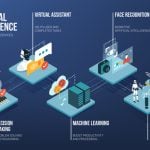
What Infrastructure Challenges Do AI and Big Data Face?
April 10, 2024
How can AIOps Revolutionize Future IT Operations?
May 6, 2024Data centers are a vital part of today’s modern business, crucial for powering applications and storing the vast amounts of data that businesses and individuals rely on daily. They keep our digital world running smoothly, ensuring that websites, cloud storage, and online services are always available with minimal downtime. As the digital landscape expands, so does the importance of making data centers more energy-efficient, reliable, and eco-friendly.
Recent advancements in battery technology, particularly those driven by artificial intelligence to find new materials, are poised to revolutionize how data centers operate. Data center operations require the most advanced batteries to ensure resilience against power disruptions, while also striving towards sustainability. This article looks into the traditional technologies that have powered data centers and highlights a groundbreaking development that looks to significantly reduce the reliance on lithium—a critical but increasingly scarce component in battery manufacturing.
How is AI Revolutionizing Battery Technology for Data Centers?
Microsoft and the Pacific Northwest National Laboratory have made a huge leap forward in battery technology with the help of artificial intelligence. Together, they’ve discovered a new type of battery material called N2116, which could use up to 70% less lithium than current batteries. This is a big deal because lithium is in high demand for everything from electric cars to renewable energy storage, but it’s not easy to get and has a big environmental footprint.
Using AI and cloud computing, the team analyzed over 32 million materials, identifying 18 with potential. This highlights how cutting-edge technologies are reshaping data center efficiency and sustainability. Such innovations may redefine what the best batteries for data centers are.
N2116 marks a move towards solid-state batteries, which are safer and more efficient than the lithium-ion batteries used today. These batteries are better for the environment and could make data centers more sustainable and efficient. Thanks to AI, the future of battery technology in data centers is looking very bright, offering a path to greener and more reliable operations.
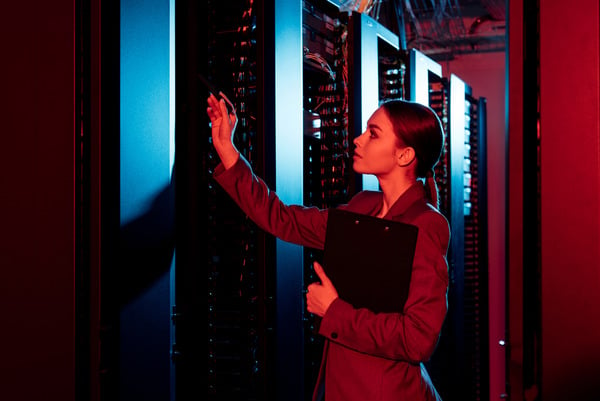
How Much Power Do Data Centers Really Need?
The entirety of a data center’s operations requires a massive amount of power. There has to be enough electricity to power an entire room filled with server cabinets that could contain up to 42 servers each. It is also responsible for powering the data center’s state-of-the-art cooling system and all of its components, all of the monitoring equipment needed to oversee a data center operation, and everyday aspects such as lighting and security systems.
Data centers not only require a tremendous amount of power, but it also needs to be redundant with nearly 100% uptime. Data centers rely on the city’s electrical grid for their power needs, but many data centers also have their systems for redundancy. So, if the city’s electrical grid were to have an issue, the data center won’t be affected. A backup battery system is vital for data center storage and power.
Most data centers use two forms of backup power which include a battery system and generators that are powered by diesel. The technology of diesel power is older, but many data centers still use it because it’s an affordable and dependable option for backup power. One of the main problems with diesel power is its negative impact on the environment which includes emissions of carbon monoxide, nitrogen oxide, and hydrocarbons. Data center industry experts have been looking to see if data canters can run solely on battery power.
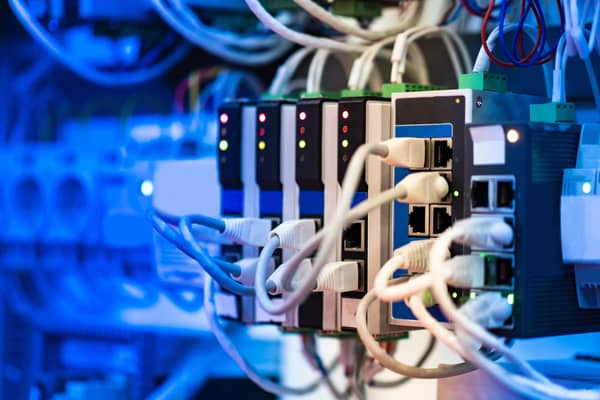
What Is the Current Data Center Battery Technology?
Most data centers use a VRLA or valve-regulated lead-acid cell battery to power the uninterrupted power supply or UPS system. These modular cell battery systems need to be replaced between 3-10 years, which is fairly frequent. These batteries also lose their power storage over time. Lead-acid cell battery systems also take up a lot of room, which equates to more money for the data center operators.
The data center industry continues to look for better and more efficient ways to replace the current battery systems. The first innovation is Lithium-Ion battery technology. The development and improvement in lithium-ion batteries have been quick in recent years due to the decreasing cost of materials and technology. A lithium-ion battery can provide while having a smaller footprint for data center managers to worry about. It also offers better energy efficiency than traditional lead-acid batteries. With lithium-ion battery prices coming down plus faster charge times, longer service life, and better overall energy efficiency, lithium-ion batteries can offer improved production over time. Lithium-ion battery technology still needs to be improved to be utilized safely, but this could certainly be one of the successors of diesel power backups.
Another improvement to data center battery technology could be a combination and the integration of the latest battery technology and the city’s electrical grid. One of the main issues with batteries as a backup data center power source is managing the batteries when they’re not being used. Combining data center batteries with the city’s electrical grid would enable the batteries to store the surplus power. This would give the data center backup power system a constant source of energy. Improving upon the current system could be a combination of multiple technologies.
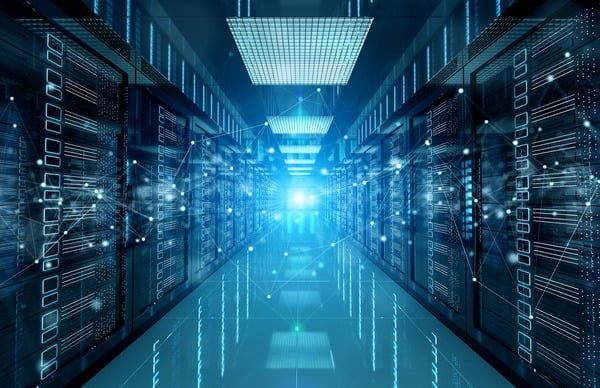
Why is a Multi-Cloud Strategy Essential for Data Center Reliability?
A multi-cloud or multi-data center strategy can be beneficial in a variety of ways. The benefit we’ll be reviewing is it allows companies to spread out their storage and resources to numerous places. If one of the multiple data centers experiences an outage, one of the other data centers will be able to be deployed.
Utilizing multiple colocation data centers can allow all company data and applications available even through an outage. If there happens to be a natural disaster or an outage of some kind, companies can continue with their business operations if these resources are spread to multiple data center locations. While this isn’t the same as data center battery technology, implementing this type of strategy can give businesses a backup system if something were to happen in one of the other data center locations.
Employing a multi-cloud environment with a trusted colocation provider can help these deployments. Colocation providers also make managing multi-cloud environments easier. They will also give users additional benefits including reliability, dedicated assets, 24/7 technical support, and 100 percent uptime.
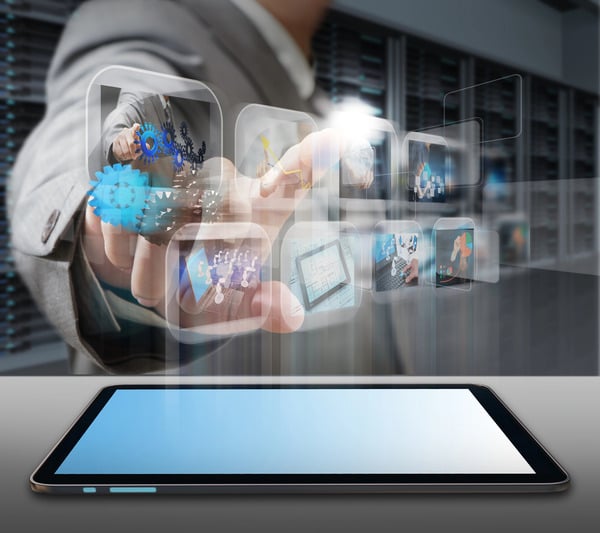
What Does the Future Hold for Data Center Technologies?
As data center technologies advance, we’re moving from traditional power sources like diesel generators to more innovative and sustainable solutions. Lithium-ion batteries are becoming more prevalent, thanks to their efficiency and reduced environmental impact. However, the transition isn’t without its challenges; lithium-ion batteries are still perceived as a fire risk, a concern that’s driving ongoing research and improvements in battery safety and performance.
Despite these hurdles, the future looks bright. With the introduction of materials that use less lithium and advancements like AI in discovering new solutions, we’re inching closer to a more sustainable energy era for data centers. The idea of data centers operating on a smart grid also isn’t far-fetched. Such an approach would not only enhance energy efficiency but also improve the overall dependability of data centers.
The push towards greener solutions and smarter technologies underscores a significant shift in how data centers are powered. As we continue to refine these technologies, data centers will become even more integral to our digital lives, all while advancing toward a more eco-friendly and efficient future.
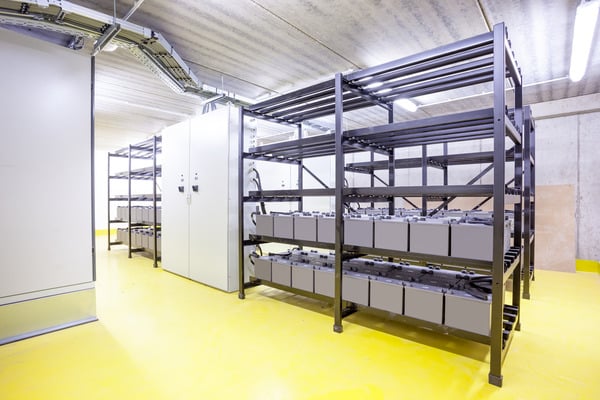

1 Comment
need a battery charging station. most likely a custom install.
I need 4 customized and 4 standard. Need help badly. thanks